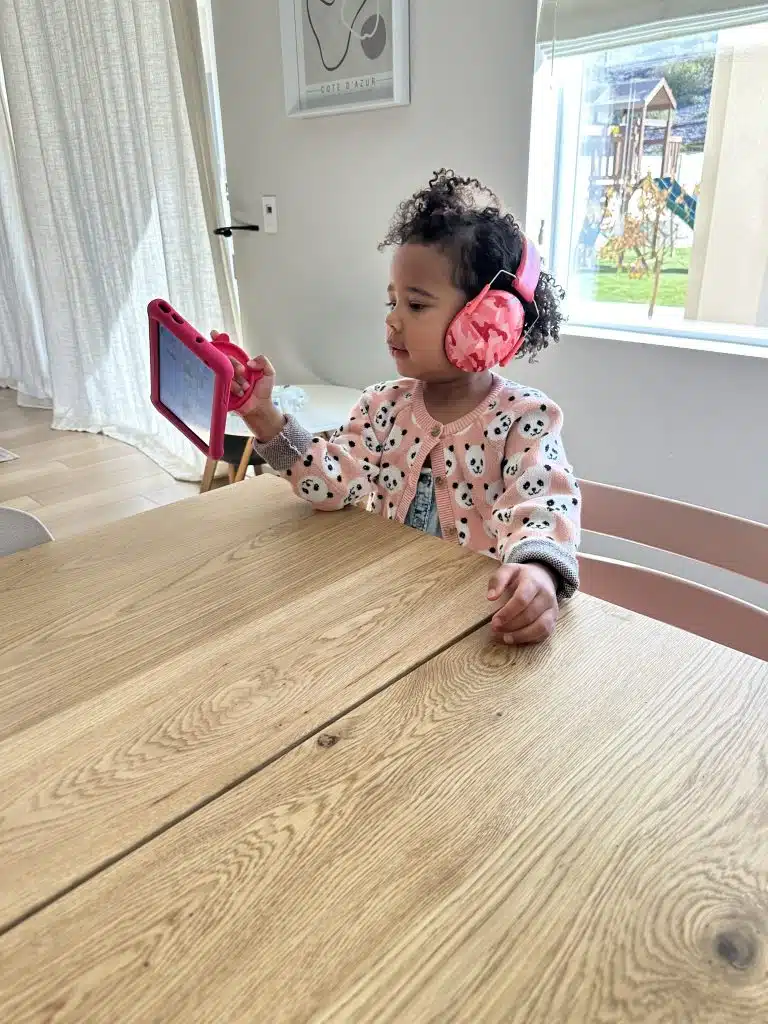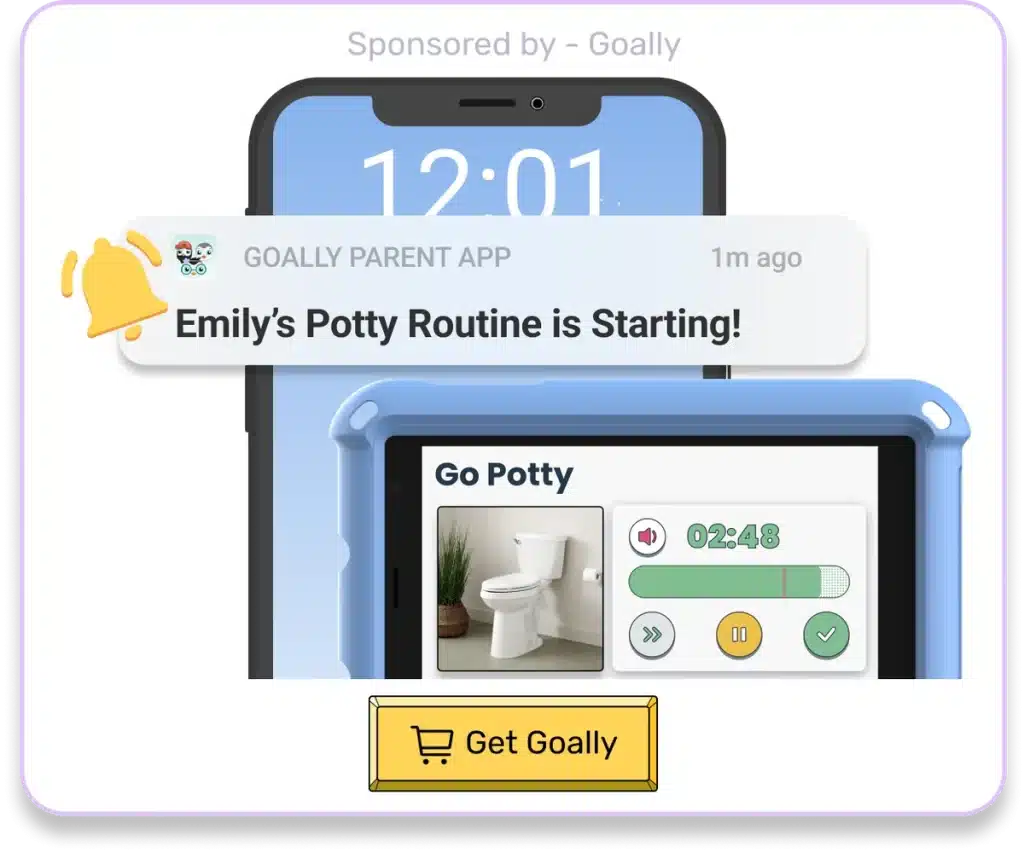As a parent, you know that talking and understanding each other is super important. But when your child has ADHD, communication can be a bit tricky. Don’t worry; we’re here to help! In this blog post, we’ll explore ADHD and communication and share tips to help your neurodivergent child do their best. So, let’s learn more about ADHD and communication and help your child show the world their amazing skills.
Table of Contents
Getting To Know the ADHD Communication Puzzle
First, let’s see how ADHD can make communication harder for kids. Here are some common problems that kids with ADHD might have:
- Having trouble paying attention when talking to others
- Finding it hard to organize thoughts and say them clearly
- Interrupting or talking too much
- Not noticing social cues and having trouble with body language
By understanding these problems, you can help your child get better at talking and listening to others. It’s important to remember that every child is unique, and their communication challenges may vary. Be patient and supportive as you work together to overcome these obstacles.

“I found Goally on Instagram a few months ago and I thought, this sounds like a perfect aid for Ivy. Ivy had just started speaking, but her communication was still very minimal. Goally’s visual schedule and AAC-inspired Talker had me really interested. While we want and believe Ivy will find her voice and spoken language, we also believe that communication comes in many forms. Goally has helped us offer our daughter a voice while she learns to find her own. The key is to support communication in whatever form that takes.” – Cassidy I.
Helpful Tips for Improving ADHD and Communication Skills
Now that we know some common communication problems let’s see how we can help your child get better at talking and listening. Here are five strategies that can make a big difference:
1. Make a Structured Home
Creating a well-organized home environment can be a game-changer when supporting kids with ADHD. Think of it like setting up a reliable game plan for your child. Establishing routines, setting clear rules, and using gentle reminders give your child the tools to thrive. A structured daily schedule gives them a sense of security. It helps sharpen their ability to communicate and pay attention, making family life smoother and more enjoyable. So, parents, remember that a little structure goes a long way in helping your child with ADHD become a communication superstar!

Read More: Bedtime Routine
Creating a visual schedule can be especially helpful for kids with ADHD. Use pictures or symbols to represent different activities, and display the schedule in a place where your child can easily see it. This can help them know what to expect and stay on track throughout the day.
Build Custom Printable Visual Schedules
Is your child having trouble managing their routines? Here’s a free visual schedule builder. Goally’s custom tool allows you to create printable personalized schedules that motivate your child to focus on their tasks. Perfect for morning, homework, and bedtime routines, this free visual schedule builder is easy to use and will help your child reach their full potential.
Click below to make your CUSTOM printable visual schedule! 👇
2. Teach Active Listening
Active listening is really important for kids with ADHD. It helps them stay focused when talking to others. Teach your child to look at the person they’re talking to, nod their head, and ask questions. Practice active listening together by taking turns telling stories or talking about things you both like.
Here are some tips for teaching active listening:
- Model good listening behavior by giving your child your full attention when they speak
- Encourage them to repeat back what they heard to make sure they understood
- Use games and activities that promote listening skills, such as “Simon Says” or “Telephone”
Read More: 7 Communication Activities for Kids
3. Make Instructions Simple
When you tell your child what to do or explain something, break it down into small, easy steps. This can help your child understand better and avoid confusion. You can also use pictures or charts to help them remember what you said.
Try using the following table to simplify instructions for common tasks:
| Task | Simple Instructions |
|---|---|
| Getting dressed | 1. Choose clothes 2. Put on underwear 3. Put on pants 4. Put on a shirt 5. Put on socks and shoes |
| Brushing teeth | 1. Wet toothbrush 2. Put toothpaste on the brush 3. Brush top teeth for 2 minutes 4. Brush bottom teeth for 2 minutes 5. Rinse mouth and toothbrush |
Read More: How to Help Kids Who Struggle to Follow Directions

4. Help Them Learn Social Skills
Encourage your child to join in social activities, like playdates, clubs, or sports teams. These experiences can help them learn important social skills, like taking turns, understanding body language, and noticing social cues. You can also practice these skills together by pretending to be in different social situations.
Some ideas for practicing social skills include:
- Role-playing conversations with friends or family members
- Watching movies or TV shows and discussing the characters’ social interactions
- Reading books that focus on social situations and emotions
5. Use Technology
Harnessing the power of technology can be a game-changer for ADHD and communication challenges. Take, for example, the fantastic world of apps tailored to kids like yours – one such hero is Goally! These apps are designed to assist children in improving their communication skills, making it a win-win for parents and little ones. Additionally, nifty tools such as speech-to-text software and visual timers can work wonders in keeping your child organized and laser-focused during conversations. So, don’t hesitate to explore these tech-savvy allies to help your child with ADHD shine in the communication department!
Some other helpful technology tools include:
- Visual timer apps to help your child stay on task
- Organizational apps to help them keep track of assignments and activities
- Games and apps that promote social skills and communication
Read More: 9 Best ADHD Apps for Kids
Goally | Routines that Actually Work
Goally’s skill building tablet for kids has routines that break down large tasks into small, achievable steps. It helps kids complete their tasks independently!

Create custom routines with your own videos & pictures for every step. The steps come in small, bite-sized pieces to help your child learn the little fundamentals (like putting the toothpaste on their toothbrush!) to achieve bigger goals. And that’s just the beginning. See it in action:
Helping Your Child on Their Communication Journey
Keep in mind that every child is unique, and what works for one might not work for another. Be patient and open to trying new things to help your child get better at talking and listening. Celebrate their successes, even the small ones, and remember that progress takes time. Together, you can work on communication and build a strong foundation for a bright future.
FAQs About ADHD and Communication in Kids
What are the best visual schedules for children with ADHD? Great options for visual schedules include the "Choiceworks" app and the "First-Then" visual schedule. They offer a visual interface to organize daily activities, reducing stress and improving time management.
How can emotional regulation apps help kids with ADHD? Emotional regulation apps like "Smiling Mind" and "Stop, Breathe & Think Kids" help children with ADHD develop mindfulness and stress management skills, promoting focus and emotional balance.
What reward systems work best for children with ADHD? Simple, immediate reward systems like sticker charts or token economy systems are effective. They offer immediate positive reinforcement, promoting desired behaviors.
How can I improve my child's communication skills if they have ADHD? Regular, open dialogue, and active listening can improve communication. Tools like social story apps or communication boards can also be beneficial.
How can parents support their child's learning when they have ADHD? Implementing structured routines, using visual aids, and promoting self-management skills through learning tools can significantly aid a child with ADHD in their learning journey.
This post was originally published on 05/02/2023. It was updated on 10/21/2023.

Goally
We help parents teach their kids life skills, like doing bedtime and morning independently. Backed by science, we incorporate evidence-based practices and expert-informed designs in all of our apps and content.






